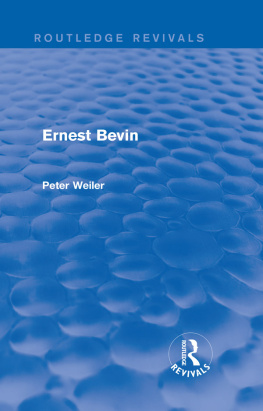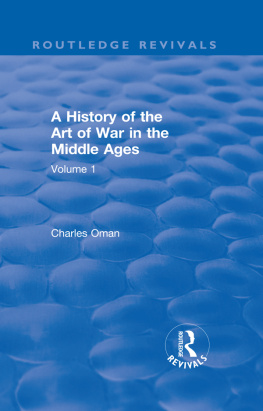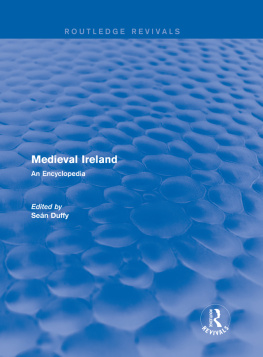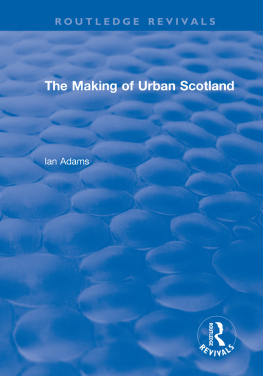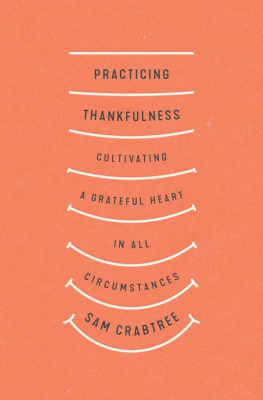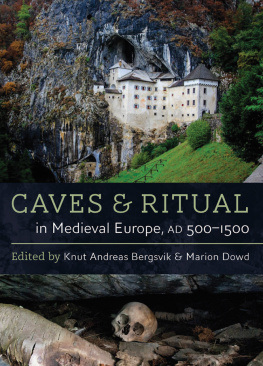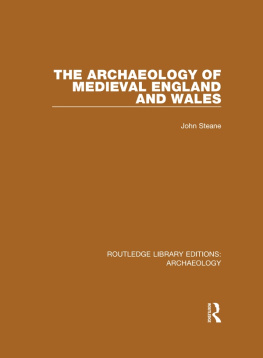Routledge Revivals
Medieval Archaeology
First published in 2001, Medieval Archaeology: An Encyclopedia provides coverage from the fall of the western Roman empire in the 5th century CE to the end of the high Middle Ages in 1500 CE, and includes a range of geographical areas, such as Ireland, Russia, Scandinavia and Italy. This comprehensive reference work answers the needs of medieval scholars from a variety of backgrounds, including archaeologists, historians and classicists.
Featuring over 150 entries by an international team of leading archaeologists, this unique volume is soundly based on the most important developments and scholarship in this rapidly growing field.
First published in 2001
by Garland Publishing, Inc.
This edition first published in 2016 by Routledge
2 Park Square, Milton Park, Abingdon, Oxon, OX14 4RN
and by Routledge
711 Third Avenue, New York, NY 10017
Routledge is an imprint of the Taylor & Francis Group, an informa business
2001 Pam J. Crabtree
All rights reserved. No part of this book may be reprinted or reproduced or utilised in any form or by any electronic, mechanical, or other means, now known or hereafter invented, including photocopying and recording, or in any information storage or retrieval system, without permission in writing from the publishers.
Publishers Note
The publisher has gone to great lengths to ensure the quality of this reprint but points out that some imperfections in the original copies may be apparent.
Disclaimer
The publisher has made every effort to trace copyright holders and welcomes correspondence from those they have been unable to contact.
A Library of Congress record exists under LC control number: 00056156
ISBN 13: 978-1-138-05630-5 (hbk)
ISBN 13: 978-1-315-16542-4 (ebk)
M EDIEVAL A RCHAEOLOGY
A N E NCYCLOPEDIA
E DITED BY
P AM J. C RABTREE
New York University
Published in 2001 by
Garland Publishing, Inc.
29 West 35th Street
New York, NY 10001
Garland is an imprint of the Taylor & Francis Group.
Copyright 2001 by Pam J. Crabtree
All rights reserved. No part of this book may be reprinted or reproduced or utilized in any form or by any electronic, mechanical, or other means, now known or hereafter invented, including photocopying and recording, or in any information storage or retrieval system, without written permission from the publisher.
10 9 8 7 6 5 4 3 2 1
Library of Congress Cataloging-in-Publication Data
Medieval archaeology : an encyclopedia / edited by Pam J. Crabtree.
p. cm.
Includes bibliographical references and index.
ISBN 0-8153-1286-5 (acid-free paper)
1. EuropeAntiquitiesDictionaries. 2. Archaeology, MedievalDictionaries.
3. Excavations (Archaeology)EuropeDictionaries. I. Crabtree, Pam J.
D125 .M42 2000
936dc21
00-056156
Printed on acid-free, 250-year-life paper
Manufactured in the United States of America
For Bernard Wailes
with thanks
Medieval archaeology is one of the fastest-growing fields in archaeology today. Road construction and urban redevelopment have led to the discovery of new rural sites and to major programs of urban excavation in cities such as Winchester, York, Trondheim, and Lbeck. The rich medieval archaeological database has been used to address a range of important theoretical concerns in contemporary archaeology. Carefully collected faunal and floral data have been used to address problems of human economy and the natural environment in the Middle Ages. Data from medieval excavations, especially when combined with detailed documentary research, are especially well suited to addressing some of the important issues in post-processual archaeological theory, including questions of gender, agency, and power. In addition, the Medieval period in Europe witnesses the origin and growth of cities, the development of long-distance trade and craft specialization, and the formation of political states. These processes of cultural and economic change have been of interest to archaeologists since the days of V. Gordon Childe. As a result, medieval archaeology is playing an increasingly important role in archaeological thinking throughout the world.
While medieval archaeology plays an increasingly important role in contemporary archaeological debate, the discipline itself remains fragmented. Although some medieval archaeologists, especially in the United Kingdom and Scandinavia, are housed in stand-alone departments of archaeology or programs in medieval archaeology, many others find themselves in departments of history, anthropology, and classics. Medieval archaeologists also work in museums, and still others are part of ongoing archaeological units or research programs. In addition, medieval archaeologists are trained in a variety of ways. Many archaeologists who work in the Dark Ages (migration period) are trained as prehistorians, while archaeologists who specialize in the High Middle Ages are often trained as art historians or historians. One of the goals of this encyclopedia is to bring together in one volume the research of a diverse range of scholars who work on a wide variety of archaeological problems.
In order to accomplish this goal, medieval archaeology has been defined as broadly as possible. The Middle Ages begin with the collapse of the Western Roman Empire in the fifth century, and end with the dawn of the Modern Era, ca. A.D. 1500. Several entries also address the Iron Age background to medieval society and the collapse of the Roman Empire in the West. The geographical range is equally broad. This encyclopedia focuses primarily on the Latin west, stretching from Poland to Iceland and from southern Italy to northern Scandinavia. An entry on the important medieval excavations in Novgorod, Russia, has also been included. However, the encyclopedia excludes the archaeology of the Byzantine world and the Balkans.
This volume is designed to provide the interested reader with a guide to contemporary research in medieval archaeology. It includes country and regional surveys for many areas of Europe, entries that focus on major archaeological sites and research programs, and entries that deal with specific technologies and archaeological concepts. For example, the encyclopedia includes entries on dendrochronology and radiocarbon dating as well as entries on medieval cloth-making and jewelry. The entries are followed by detailed bibliographies that include suggestions for further readings. The encyclopedia includes a number of entries on sites and research programs in east-central Europe. Archaeological research by Czech, Slovak, Polish, and Hungarian archaeologists has not been widely available in English until now. These entries should be of especial interest to both archaeological students and established scholars.
In consulting the entries in this encyclopedia, it is important to remember that archaeology is an ongoing process of excavation and analysis. New discoveries are made each year, and new techniques of analysis can be applied to materials that were excavated many years ago. The World Wide Web is an important source for information about new discoveries in medieval archaeology.
Pam J. Crabtree
The preparation of an encyclopedia of medieval archaeology is a daunting task, especially for an American archaeologist. All of my colleagues conduct their archaeological research in Europe, and many also live and work in Europe. The Internet and the fax machine made this project possible. I would like to begin by thanking all my colleagues who so graciously agreed to contribute to this encyclopedia. Without their generosity and patience, this encyclopedia would never have been completed. I am especially grateful to my colleagues for sharing the details of their ongoing research and for providing the wonderful photographs and drawings that illustrate this encyclopedia.




